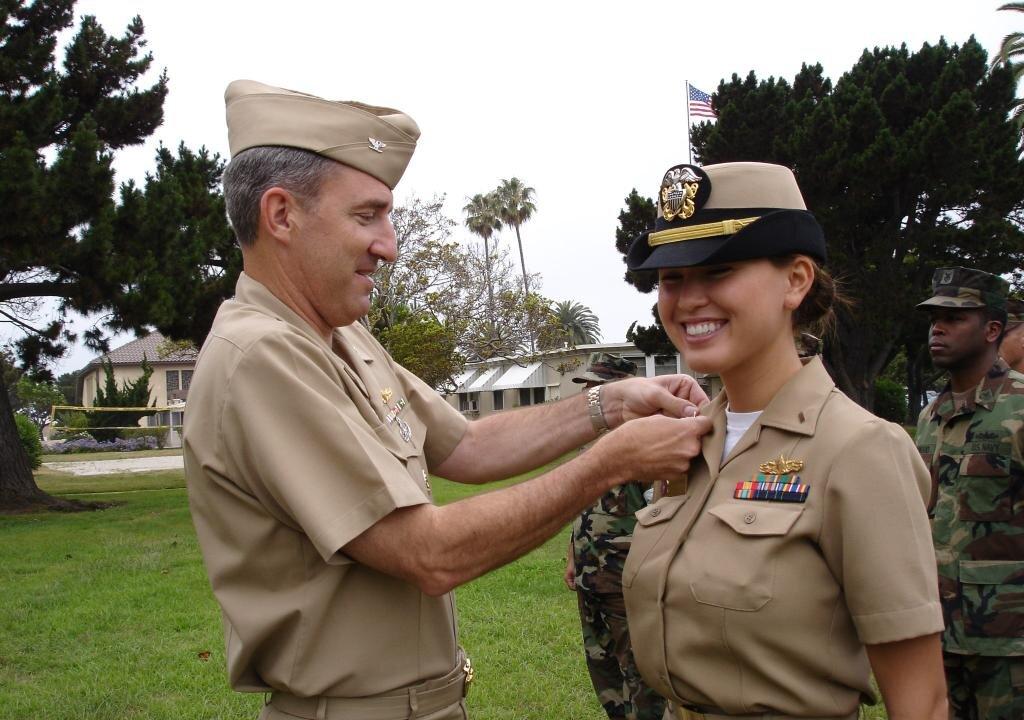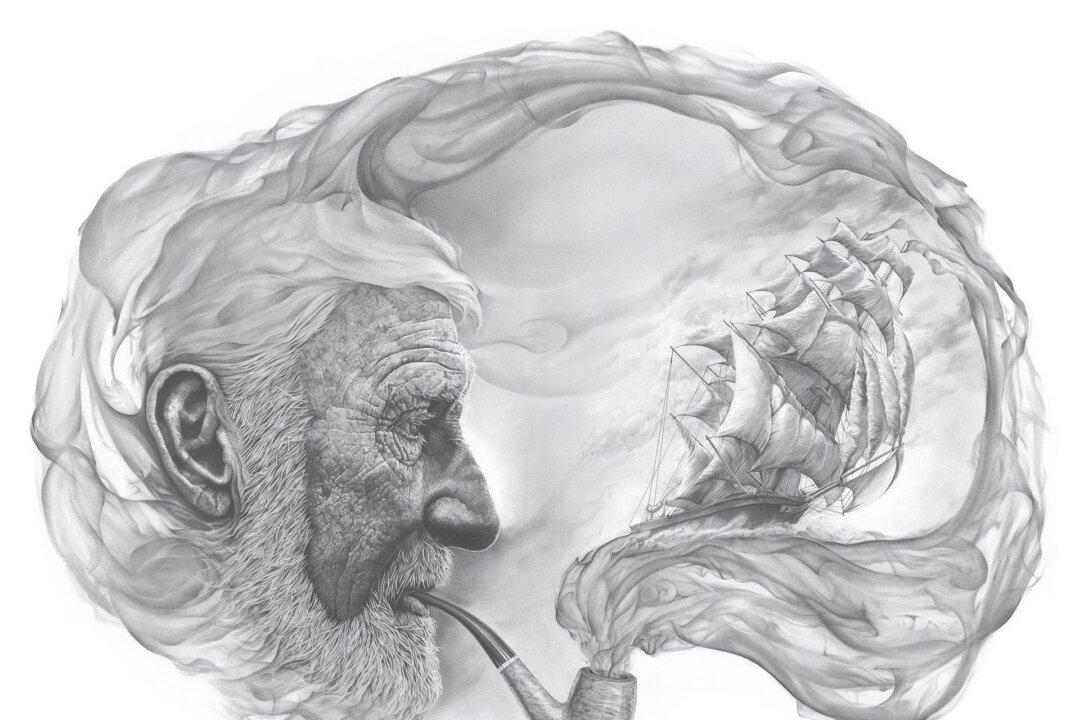Amanda Burrill has practically lived several lifetimes in one. She has worked as a rescue swimmer in the Navy, as a model and actress, as a Cordon Bleu-trained chef, as a sports copy editor for the New York Post, as an on-air host for the Travel Channel, and as a sponsored triathlete and marathon runner. She is a mountaineer, now more than halfway toward her goal of climbing all the Seven Summits by spring 2023.
“I get all this credit for being this adventurous Renaissance woman,” Burrill, 42, said. “But I know the real story.” Through most of her endeavors, “there was a lack of intent,” she said. “It was surviving. But it was surviving in style.”



